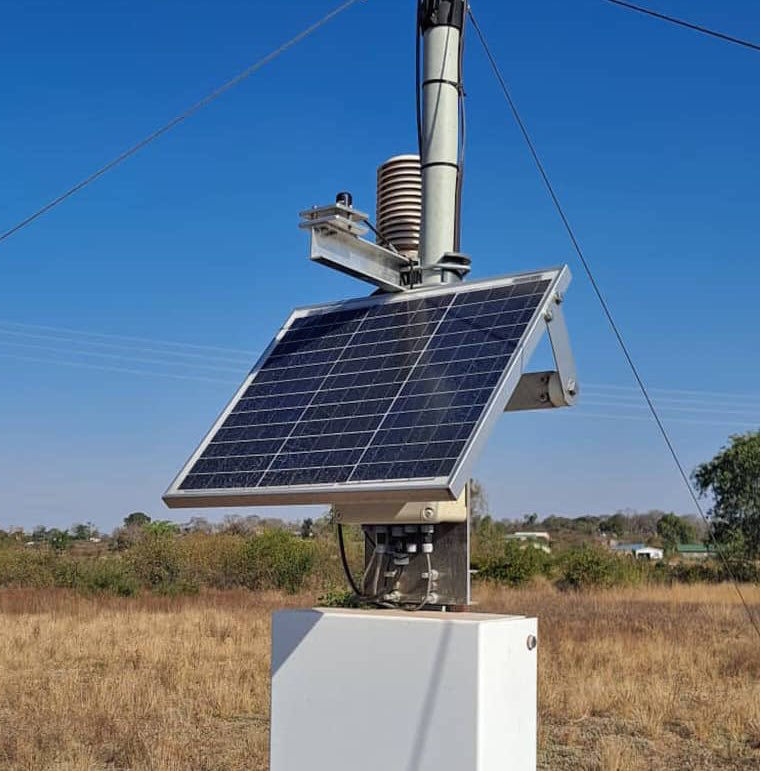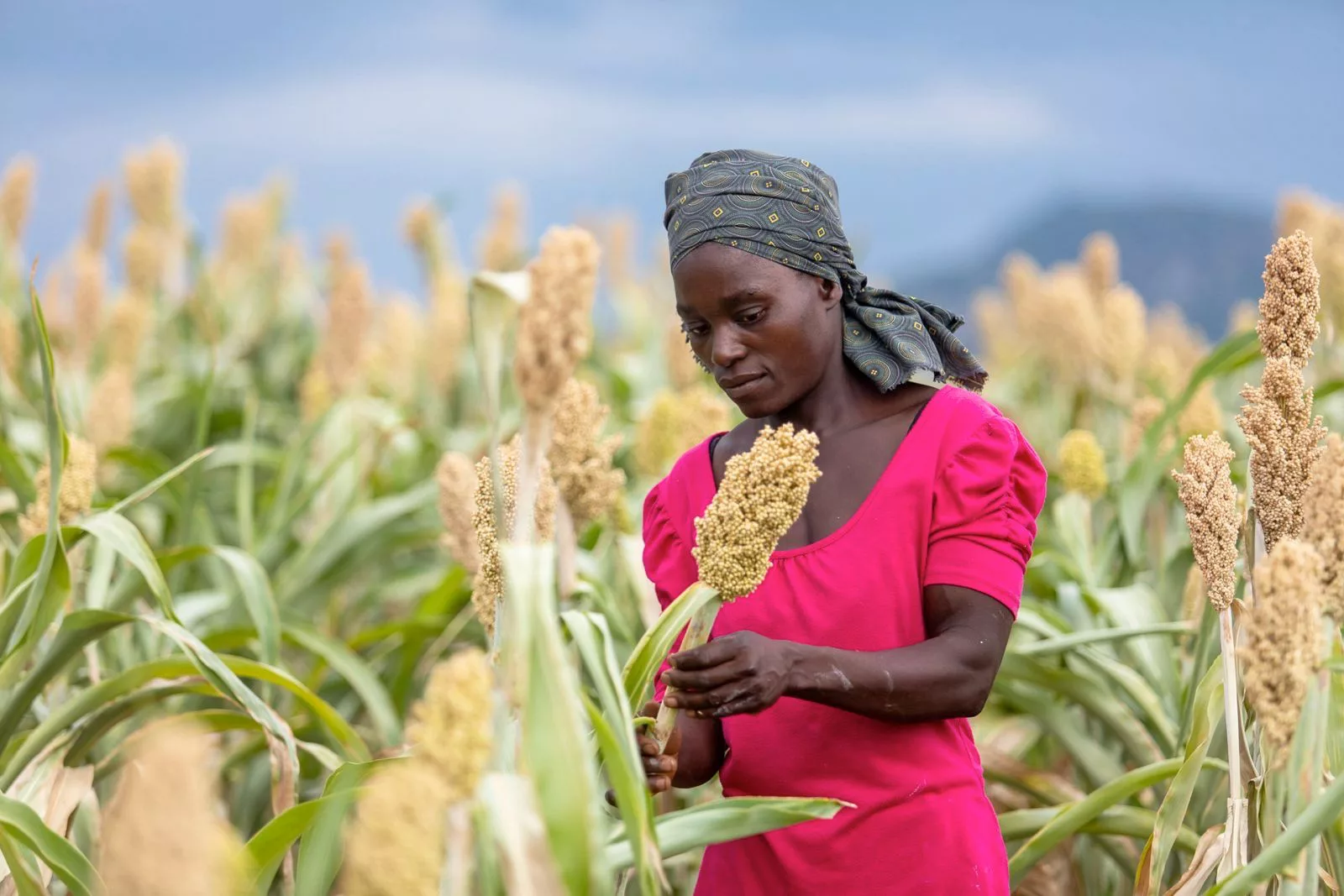|
Getting your Trinity Audio player ready...
|
In a collaborative endeavor to enhance disaster preparedness, CARE International in Zimbabwe and Caritas Zimbabwe, in partnership with the Meteorological Services Department (MSD) of Zimbabwe, have successfully deployed an automated weather station at Cloudland in Ward 33, situated within the Vumba area of Mutare District.
This initiative which was spearheaded through the Strengthening Disaster Preparedness Structures and Systems in Zimbabwe project, aims to fortify the region’s resilience in the face of potential disasters by leveraging advanced meteorological technology.
The project is being funded by the European Union Civil Protection Operations in partnership with the Department of Civil Protection to help strengthen and standardize Zimbabwe’s Civil Protection (CP) structures to improve the efficiency and effectiveness of disaster preparedness and response in Manicaland, Mashonaland Central, and Matabeleland provinces.
CARE International in Zimbabwe Assistant Country Director – Programs Merilyn Kawadza said, “The automated weather system will improve the availability of meteorological data to the MSD for their forecasting processes, thereby enabling the public, agricultural, mining, and tourism communities to access relevant weather and climate information.”
“Manicaland in particular is prone to onset disasters such as cyclones and floods so this is a significant step towards enhancing the country’s disaster preparedness and response capabilities. It also will enable authorities to make informed decisions and take proactive measures to mitigate the impact of natural disasters in the community”, highlighted Ms Kawadza.
MSD Meteorological Technician Officer Tapiwa Maringo added, “The station will provide rainfall data and other critical weather data elements such as wind speed and direction, pressure, temperature, relative humidity, and radiation. The advantage of the automated weather station is that it will not only provide localized parameters for agricultural communities to improve informed decisions, but they will also strengthen the whole forecasting chain from community level to national level”.
Mutare Local Government DDC representative Ephraim Chako commended the installation of the automated weather station.
He said, “Manicaland has been a hotspot of rapid onset disasters that as the local government we were trying to mitigate for disasters but with this automated Weather station we are now a prepared province and we are hoping to save lives through quick preparation for disasters.”
Strengthening Disaster Preparedness Structures and Systems in Zimbabwe project is supporting preparedness systems in districts prone to disasters through setting up proper and sustainable systems for cash preparedness, stockpiling, access to emergency Non-Food Items (NFIs), improving the safety, security, and management of selected evacuation centres, working closely with the Civil Protection Unit, Meteorological Services Department (MSD) and ZINWA. The project has been rolling out and deploying inclusive community-led early warning and early action plans and tools in selected districts, especially locations prone to rapid-onset natural disasters, such as flooding and cyclones.






